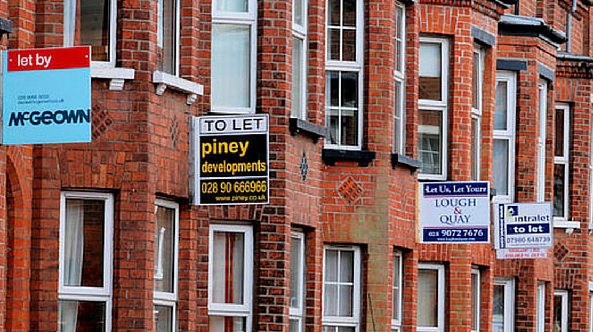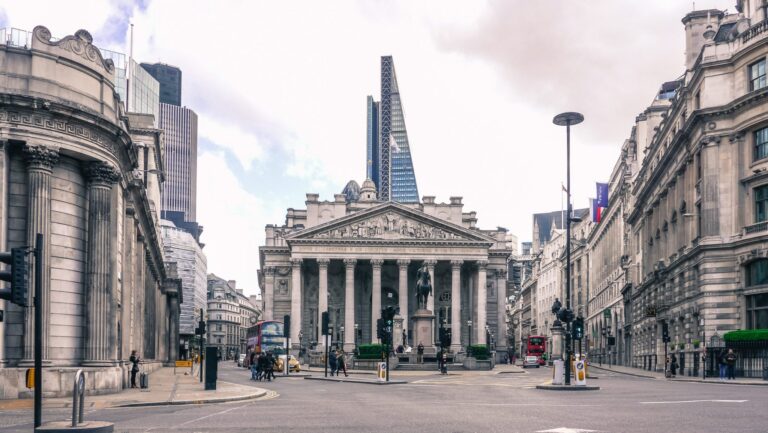The amount of property income earned by landlords hit a total of £48.87bn in the 2021/2022 tax year, boosted by higher rents as well as growth in investor numbers.
A new report from HMRC has revealed how much property income the average investor made in the 2021-2022 tax year, including comparisons with previous years to look at changing trends and patterns. It looks specifically at unincorporated landlords – that is, those who do not operate via a limited company.
In the time period under the microscope, a total of 2.82 million landlords declared property income from rental payments, with the research demonstrating a recovery across all measures to pre-Covid levels.
The research also recorded a 10% rise in the amount of property income being generated by landlords in the five-year period between 2017/2018 and 2021/2022, from a combined total of £46.37bn to £48.87bn in the most recent figures.
Over this time period, while rents have clearly risen substantially – although this has been particularly significant over the past couple of years – the number of people reporting property income to HMRC for tax purposes has risen, meaning the number of landlords in the market has actually climbed overall.
How much do landlords earn?
HMRC’s figures only look at the amount of rental income declared, as well as any expenses claimed as part of the tax assessment. To work out an investor’s actual profits, you would need to look at their income against other expenditures on the property, such as non-deductible mortgage costs, agency fees or renovation work, for example.
It also doesn’t take into account the profits an investor might make when they come to sell their property or properties, through capital appreciation.
However, the data does indicate that the average investor’s annual property income from rent has stayed relatively stable between 2017/2018 and 2021/2023, rising from £16,300 to £17,300 over the five-year period.
Some form of tax expenses were claimed by 89% of all unincorporated landlords, according to the research. For example, £6.85bn was claimed for finance costs, £5.50bn was claimed for repairs and expenses, and £3.4bn was claimed for legal, management and professional fees in the 2021/2022 tax year.
The total being claimed has risen over recent years, too, which is indicative of the rising costs of such expenses for landlords. On average, landlords claimed £9,400 in expenses in 2021/2022 against their property income.
Property income by region
London and the south east were the regions with the highest amount of property income for 2021/2022, which is unsurprising given that these markets are not only the most expensive, but also tend to have a higher number of renters.
The next highest earning regions in HMRC’s breakdown were the east of England and the south west, followed by the north west. The north west also came in fifth position in terms of the actual number of unincorporated landlords reporting property income during the tax year.
Expenses claims followed a similar pattern, with the top five being London, the south east, east of England, the south west and the north west. The lowest property income, landlord numbers and expenses claims were found in the north east.
Of course, with mortgage rates in the UK remaining much higher than they were two years ago, many landlords and property investors are finding that a greater proportion of their rental income is spent on borrowing costs. However, rates have been falling in recent months, which will be welcome to anyone looking to remortgage.
Before investing in any property, it is important to weigh up all the costs and expenses involved against any earnings from rental income or the future sale of a property. It is also important to note that both the property market and the mortgage market will see changes all the time, and looking at the long-term picture is crucial.










